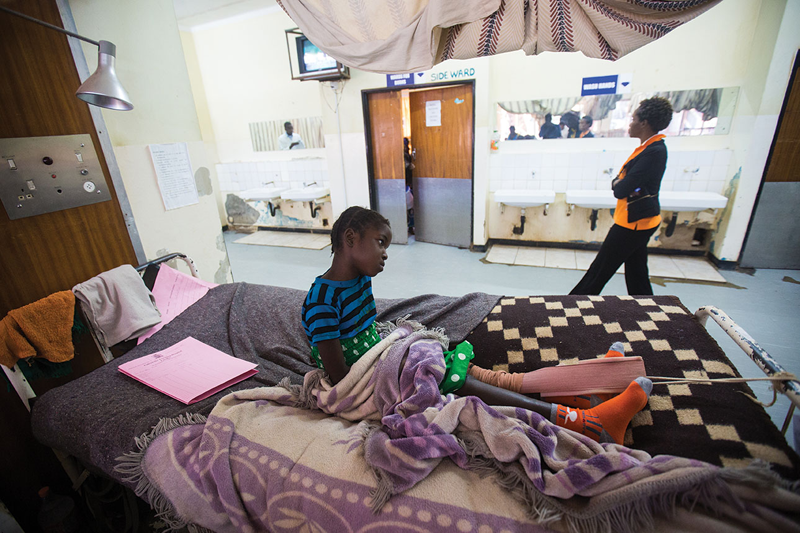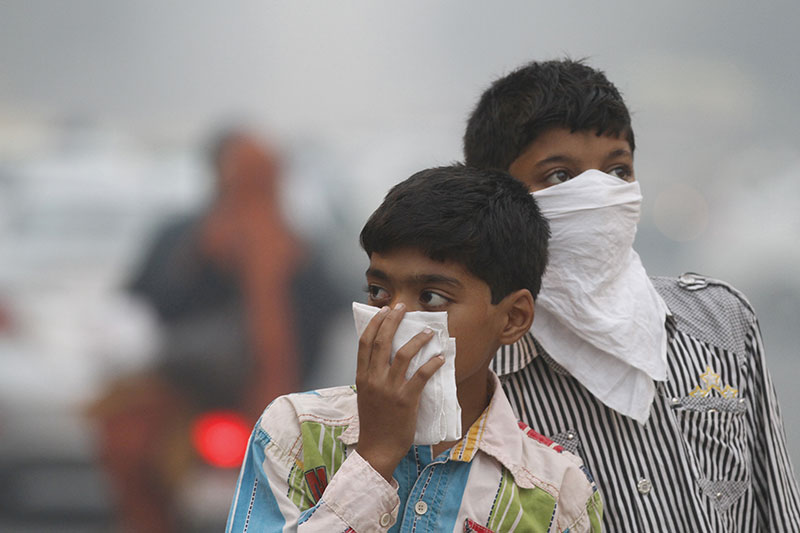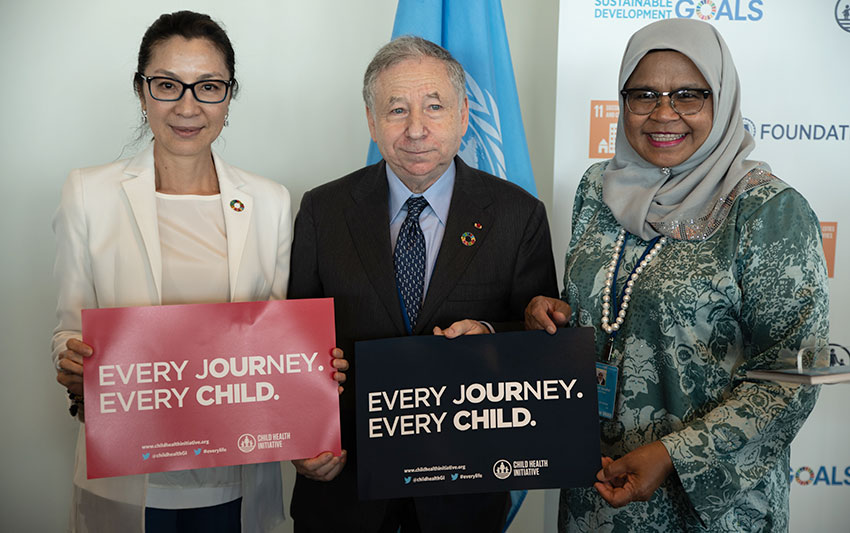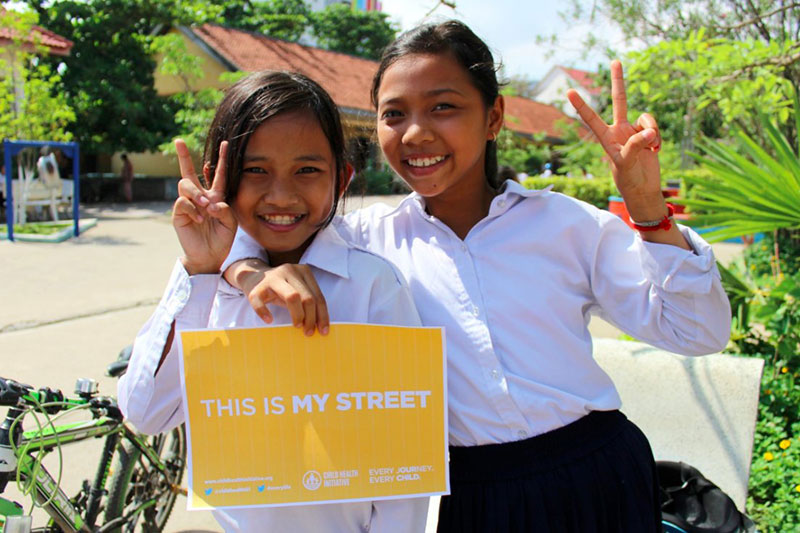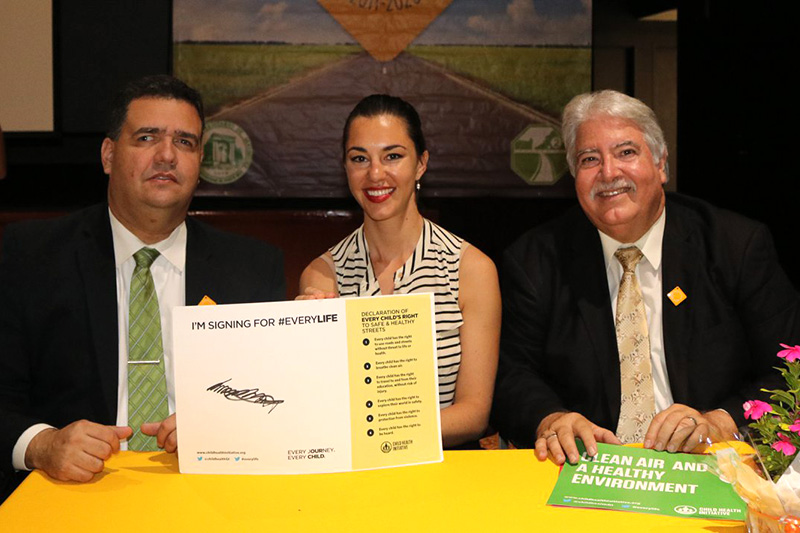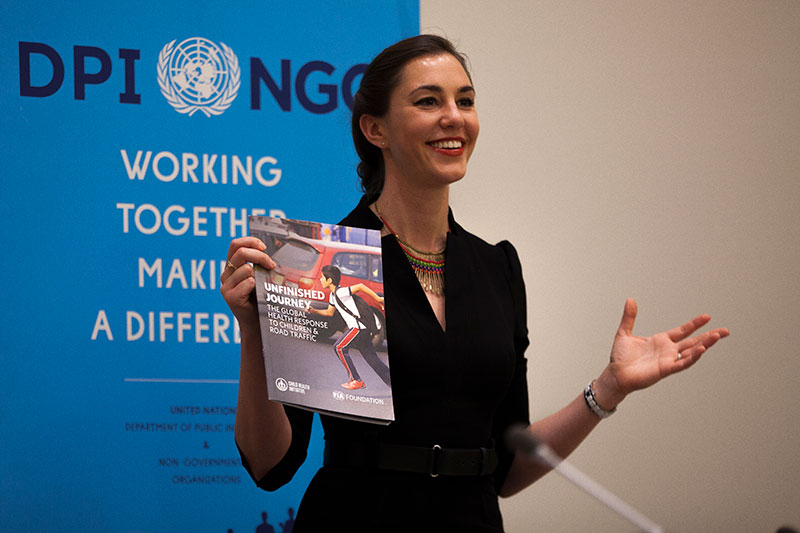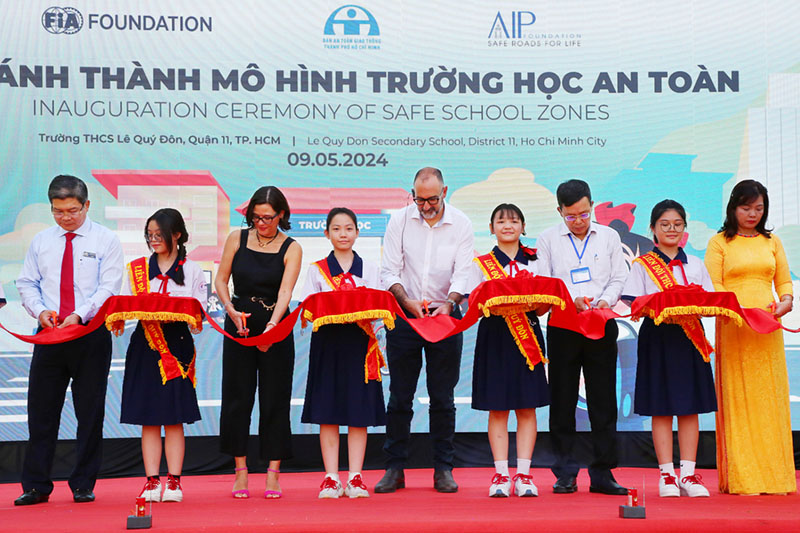Time to fight for every child’s mobility rights: our #EveryLife message for the World Urban Forum
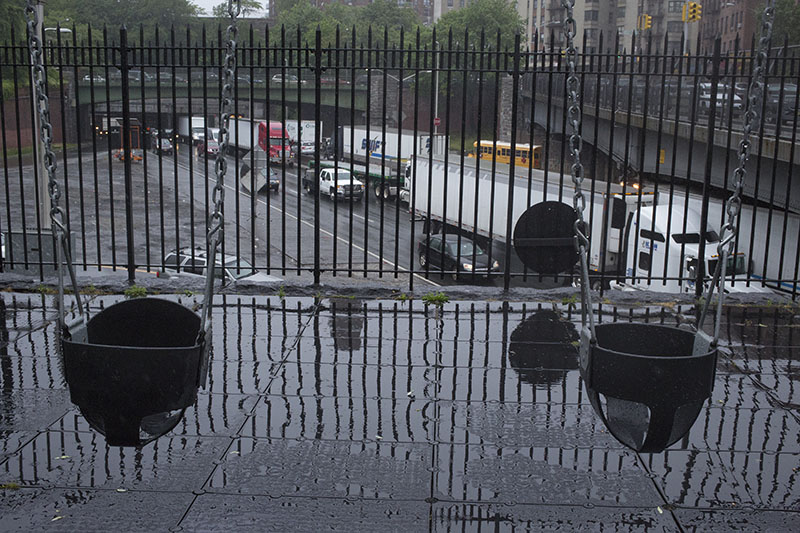
Empty swings in a desolate concrete playground perched above a dark, toxic valley of trucks and cars. Children squeezed to the margins of the adult world, abandoned to play in an urban dystopia of traffic noise and pollution.
In too many cities this image too accurately represents past mistakes and present reality. Now we have a window of opportunity to ensure it does not also prophesy the future.
This week the ninth World Urban Forum opens in Kuala Lumpur. More than 20,000 urban leaders, policymakers and activists meet to discuss implementation of the New Urban Agenda, the 2030 policy map for the world’s cities agreed at Habitat III. The urgent issue of children’s basic human and civil rights – to play, to learn, to move, to breathe, to live – must be at the centre of debate.
Because the best – perhaps only - way to ensure we design liveable cities, tackle climate change and deliver urban health for all is to write the prioritisation of child needs and rights into the first line of the first page of every mayor’s speech, every planning document and every technical manual. And, in fact, a policy, a shorthand encapsulating this child-centred objective, is written into the New Urban Agenda itself: ‘to promote the safe and healthy journey to school for every child as a priority’.
Ensuring that this commitment becomes reality on every street drives the campaigning of the Child Health Initiative, coordinated by the FIA Foundation. We consider this nothing less than a civil rights challenge for the 21st Century. Because in the arrogance or ignorance with which those in authority, those with power, behave towards those without, by imposing destructive planning decisions that divide communities, imperil children and damage the environment, we see in microcosm the broader battle lines for social justice and a healthy planet. The way we design our cities and allocate our road space is one element of the constant wider struggle over how we distribute our available resources fairly or otherwise.
In ‘One Mile’, the most devastating chapter of his masterpiece biography of Robert Moses, ‘The Power Broker’, Robert A. Caro sets out in unforgiving detail the destruction of the thriving East Tremont community in New York City by the construction of the Cross-Bronx Highway in the 1950s. How the entreaties of local people were ignored, alternative routing blocked, politicians’ promises reneged upon. How the construction of the road blighted an entire city district, traffic fumes poisoning the air and “the playgrounds that Moses built on ‘excess condemnation’ parcels” of land; introducing poverty and crime; irreparably breaking previously strong social bonds.
The highway was built in a cut, creating a new man-made valley from and between old residential streets. Caro wrote that “{R}ising out of that gap in the ground – concentrated by its high walls – is the noise of herds of cars and trucks…Talk to people who live next to the Cross-Bronx Expressway and ones hears applied to that noise, over and over again, a single adjective: ‘unbearable’.”
Today, the playgrounds remain (see main photo above, copyright Andrew Lichtenstein/Corbis) and the appalling health legacy continues: communities living adjacent to the road suffer from very high levels of asthma. And in the sixty-plus years since that dysfunctional valley of pollution and noise was created by New York’s urban planners the same injustice has been replicated, time and again, across the world. We see it from Accra to Ashgabat, from Nairobi to New Delhi. The voices of local residents are ignored, their human rights abrogated, in the name of economic ‘progress’. And while there is now a push in truly progressive cities to reverse these historical mistakes, beginning the dismantling of some urban motorways, investing in public transit and reallocating street space to non-motorised transport, reducing urban vehicle speed limits to prioritise pedestrians; across much of the developing world the building of flyovers and the lane-widenings and the digging of valleys for cars and trucks continues apace.
Indeed, the number of cars that were on the world’s roads at the end of the 20th century is predicted to double by 2035. This, despite the growing recognition of the damage done. Since the turn of this century at least 20 million people have been violently killed in road traffic crashes, 100 million or more estimated to be maimed or seriously injured: these are World War scale casualties, and the numbers killed continue to rise today.
Toxic emissions from traffic are a significant contributor to air pollution, now recognised as a breath-shortening, cancer-causing, heart disease-inducing killer of millions more. And the style of life inculcated by car culture – sedentary, isolating, fearful – not only forces children indoors to their phones and computer games, it discourages all of us from walking and cycling and helps to breed obesity and ill-health. The contribution of motor traffic to greenhouse gas emissions, and therefore climate change, is significant and growing.
So the first car century bequeathed us health and societal problems which unfortunately out-weigh the many positives automobiles have also provided. It is clear that we must do all we can to prevent much of the predicted future car growth from occurring and to ensure decent, clean, affordable, low carbon alternatives are available. Because there is an in-balance, an inequity, between the individual freedoms and empowerment enabled by the car and their wider and cumulative effects on society overall.
This inequity – which both reflects and reinforces other inequities and injustices in society, from income distribution to access to education – is prevalent everywhere but particularly sharp in those parts of the world experiencing rapid motorisation and urbanisation, where the divide between the haves and the have-nots is most extreme. And the privileged will use all their power to maintain advantage.
Tackling poverty is at the heart of the Sustainable Development Goals – achieving them will require more equitably sharing the wealth, using our land and other resources in ways that work for all; enabling social mobility so that everyone has opportunity and hope for a better life. But fighting for social mobility means demanding and ensuring fair access to the other type of mobility too. And those of us working in transportation or urban planning have to fight the battle in front of us. This means campaigning relentlessly for the mobility needs and rights of the poorest and the most vulnerable and the voiceless against the expectation and greed and entitlement of the rich and powerful. And there is nobody more disenfranchised, more ignored, than the children of the poor.
This injustice motivates our #EveryLife campaign, founded on six fundamental child and adolescent rights that those in power, and indeed all adults, have a duty to protect and uphold. We intend that #EveryLife becomes a global movement working for every child to have a safe and healthy journey to and from school by 2030, as the first principle for designing liveable, healthy cities for all.
Announced in October 2017, with support from a diverse range of organisations working on child rights, urban design, road safety and environmental protection; and combining global and local advocacy with policy leadership and demonstration of practical solutions, our campaign is already attracting the support of mayors and civic leaders around the world. During 2018, beginning this week at the World Urban Forum, we will expand the coalition and accelerate the action.
Join us. For every child who sits on a playground swing, watched by a loving parent with a heavy heart, while heavy diesel trucks thunder below and the air thickens with soot; for every child forced to dash across a six lane highway, school bag banging against her back, as speeding cars bear down; for every child whose future is cut short or disfigured by traffic injury, or incapacitated by a chronic fight for breath. Join us. The solutions exist, with political will they can be delivered. The New Urban Agenda has adopted a vision of the safe and healthy journey for every child. Now, let’s fight for it.
